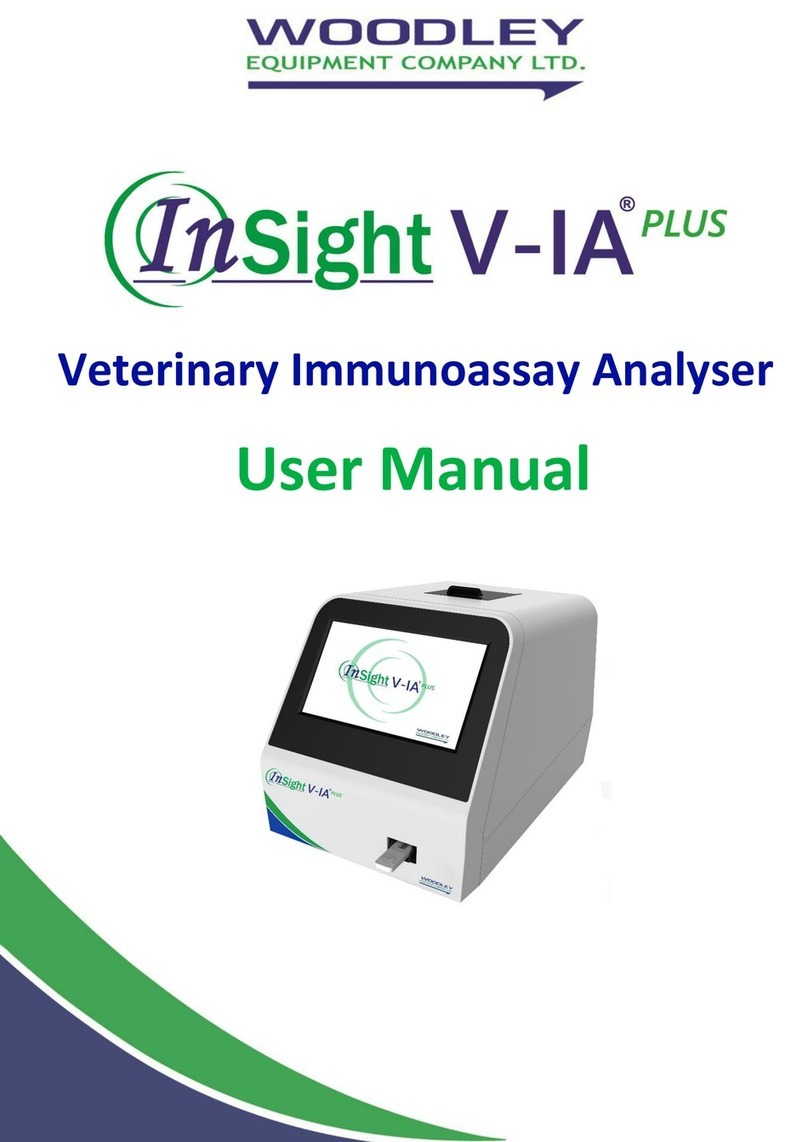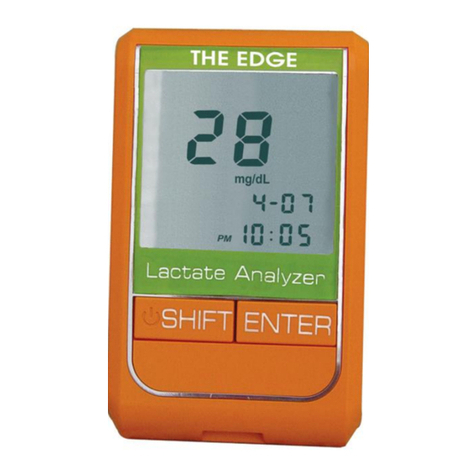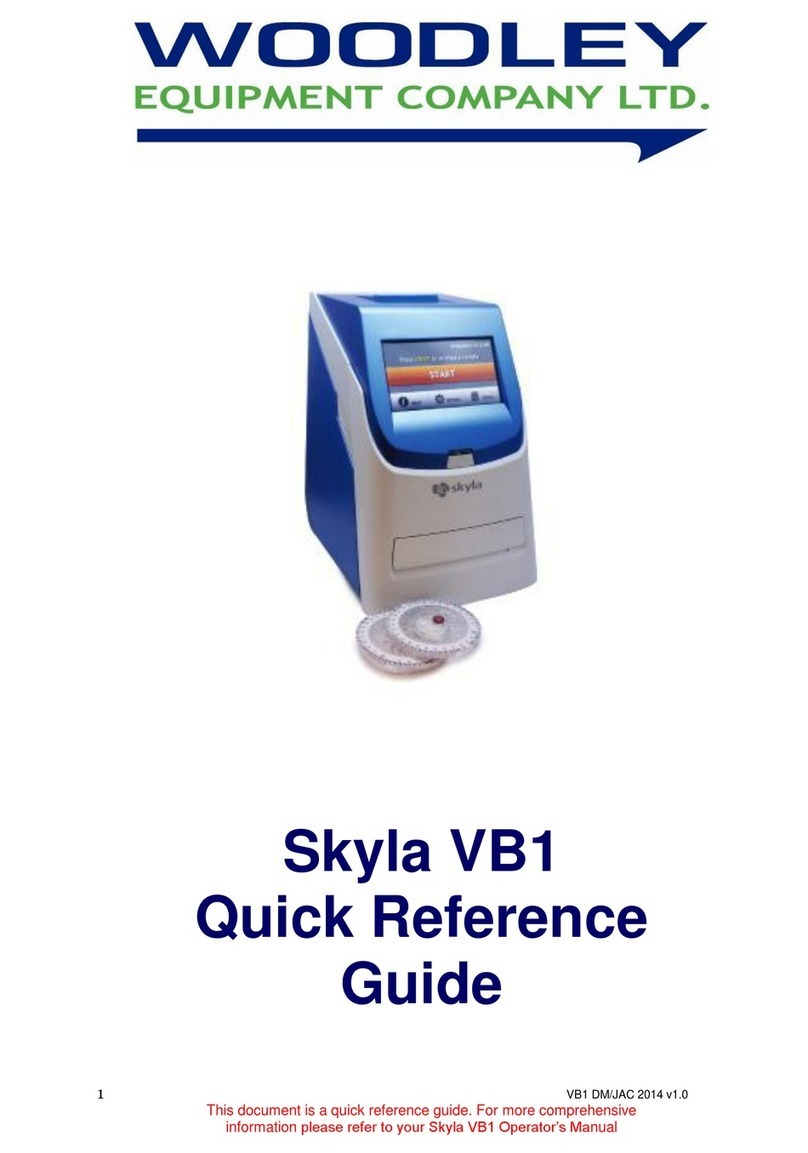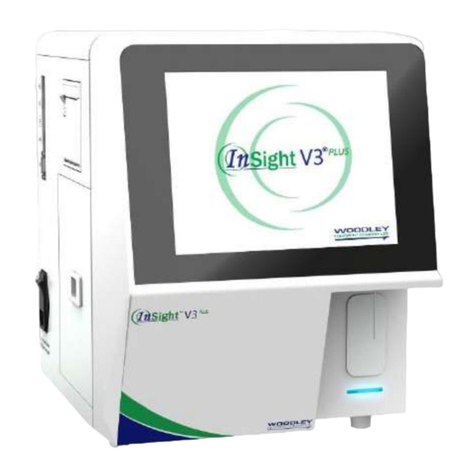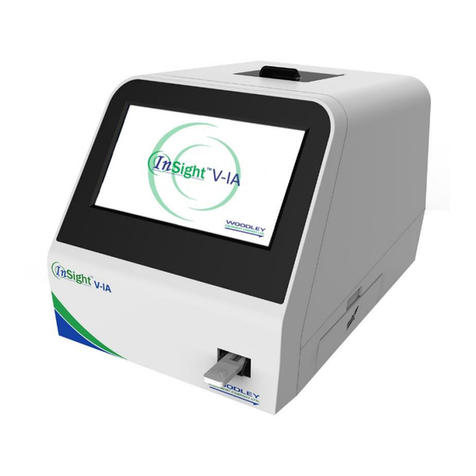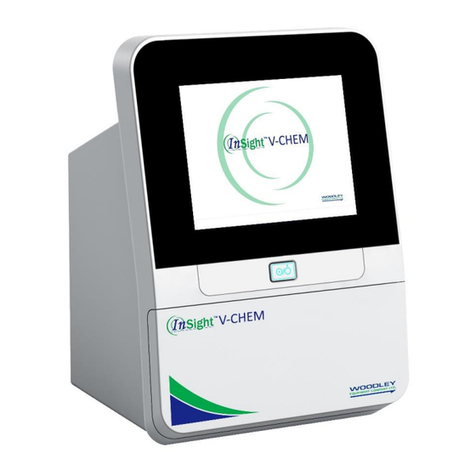2.4.6 Common Problems and Solutions ................................................................................. 69
3 Repairs .......................................................................................................................................... 71
3.1 Overview ................................................................................................................................ 71
3.2 Preparatory Work before Repairs .......................................................................................... 71
3.2.1 Disassembling the Left Side Panel................................................................................ 71
3.2.2 Open the Right Side Door.............................................................................................. 73
3.2.3 Disassembling the Panel Cover..................................................................................... 73
3.3 Display Screen Assembly Replacement ................................................................................ 76
3.3.1 Replacing the Touch Screen.......................................................................................... 76
3.4 Sampling Assembly Replacement ......................................................................................... 77
3.4.1 Replacing the Sample probe.......................................................................................... 77
3.4.2 Replacing the Optocoupler ............................................................................................ 79
3.4.3 Replacing the Sampling Assembly in X- or Y-direction.................................................. 79
3.5 Power Assembly Replacement .............................................................................................. 81
3.6 Hydraulics Components incl. Valves, Pumps, and Pressure Chambers Replacement......... 82
3.6.1 Replacing the valve assembly ....................................................................................... 82
3.6.2 Replacing the Liquid Pump Assembly ........................................................................... 84
3.6.3 Replacing the Negative-pressure Chamber Assembly.................................................. 85
3.7 Sheath Flow Syringe Assembly Replacement ....................................................................... 87
3.7.1 Replacing the syringe .................................................................................................... 87
3.7.2 Replacing the Motor....................................................................................................... 88
3.8 WBC and RBC Bath Assemblies Replacement ..................................................................... 89
3.8.1 Dismantling and replacing the WBC bath assembly...................................................... 89
3.8.2 Dismantling and replacing the RBC bath assembly ...................................................... 92
3.9 Main Control Panel Replacement .......................................................................................... 95
3.10 Reagent Testing Panel Replacement................................................................................... 96
3.11 Disassembling and Replacing the Temperature Sensor...................................................... 98
4 Software Upgrade....................................................................................................................... 100
4.1 Preparation........................................................................................................................... 100
4.2 Upgrading Steps .................................................................................................................. 100
4.3 Touch Screen Calibration..................................................................................................... 102
5 Comprehensive Device Tuning................................................................................................. 104
5.1 Position Adjustment.............................................................................................................. 104
5.2 HGB Voltage Gain Setting.................................................................................................... 105
5.3 Gain Calibration ................................................................................................................... 106
5.4 Calibration of Calibrators...................................................................................................... 106
5.4.1 Calibration in Whole-blood Mode................................................................................. 106
5.4.2 Calibration in Predilute Mode....................................................................................... 107
5.5 LIS Connection..................................................................................................................... 108
